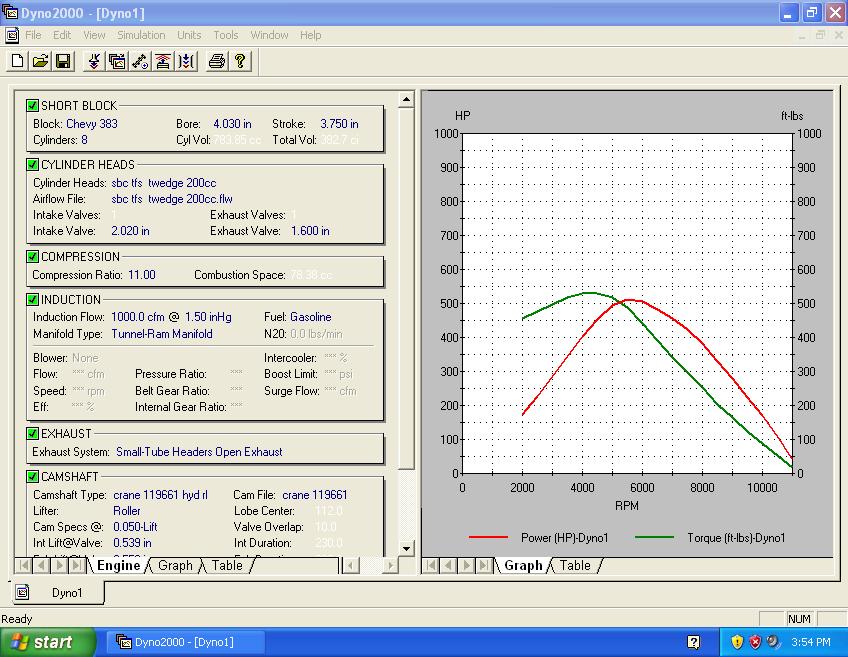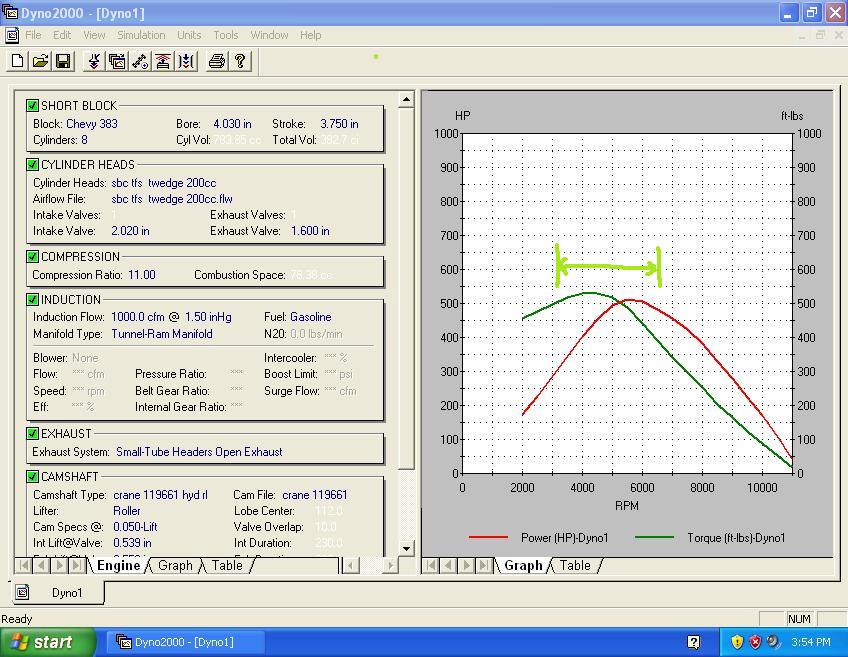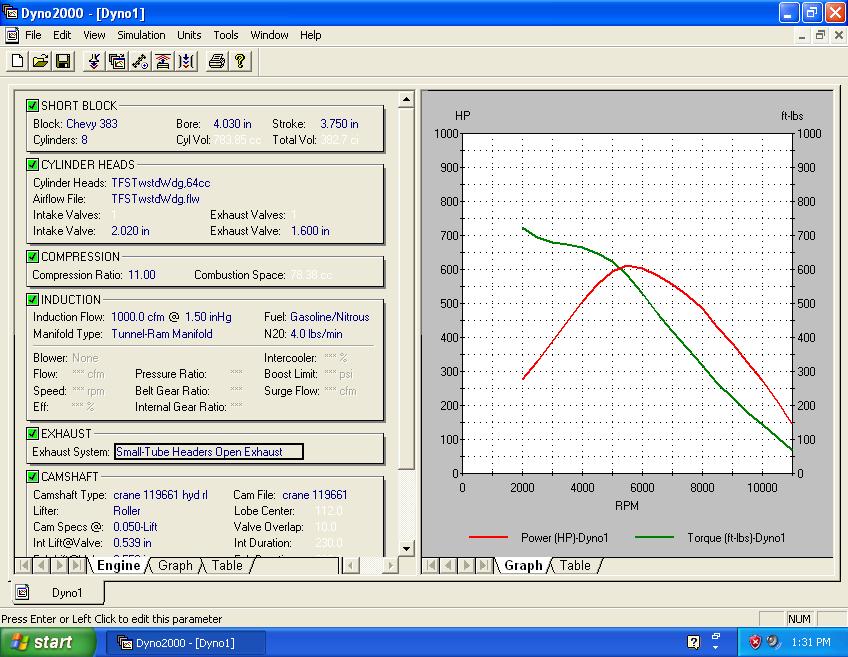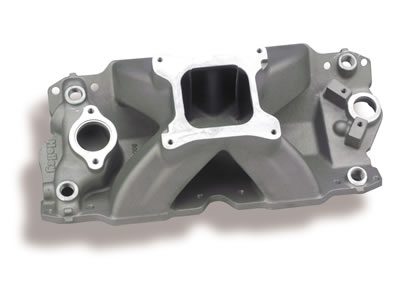bytor
Well-Known Member
Indycars said:
I mentioned earlier that I made a mistake when plotting the lift curves for my camshaft the
Hyd Roller Crower 00471. The mistake was made in the exhaust lift curve. The shape was
correct but I plotted it 30 degrees to early. The plot below shows both the Correct and Incorrect
curves side-by-side. See the graphic below, it does a better job of explaining than words.
This is the corrected lift curve with the additional information of "Exhaust Centerline" and
the "Lobe Separation Angle" or LSA are labeled.
It also effected the plot where I compared the same "Lift Curve" with "Velocity Curve". It's
the very same lift curve that was on the other plot, so it needed to be corrected also.
NOTE: The incorrect information was on page 29. But if you read
page 29 after today, June 21, 2012, then I had already corrected it.
So what you read was right.
Indycars, Did you use Excel to plot these curves?


















